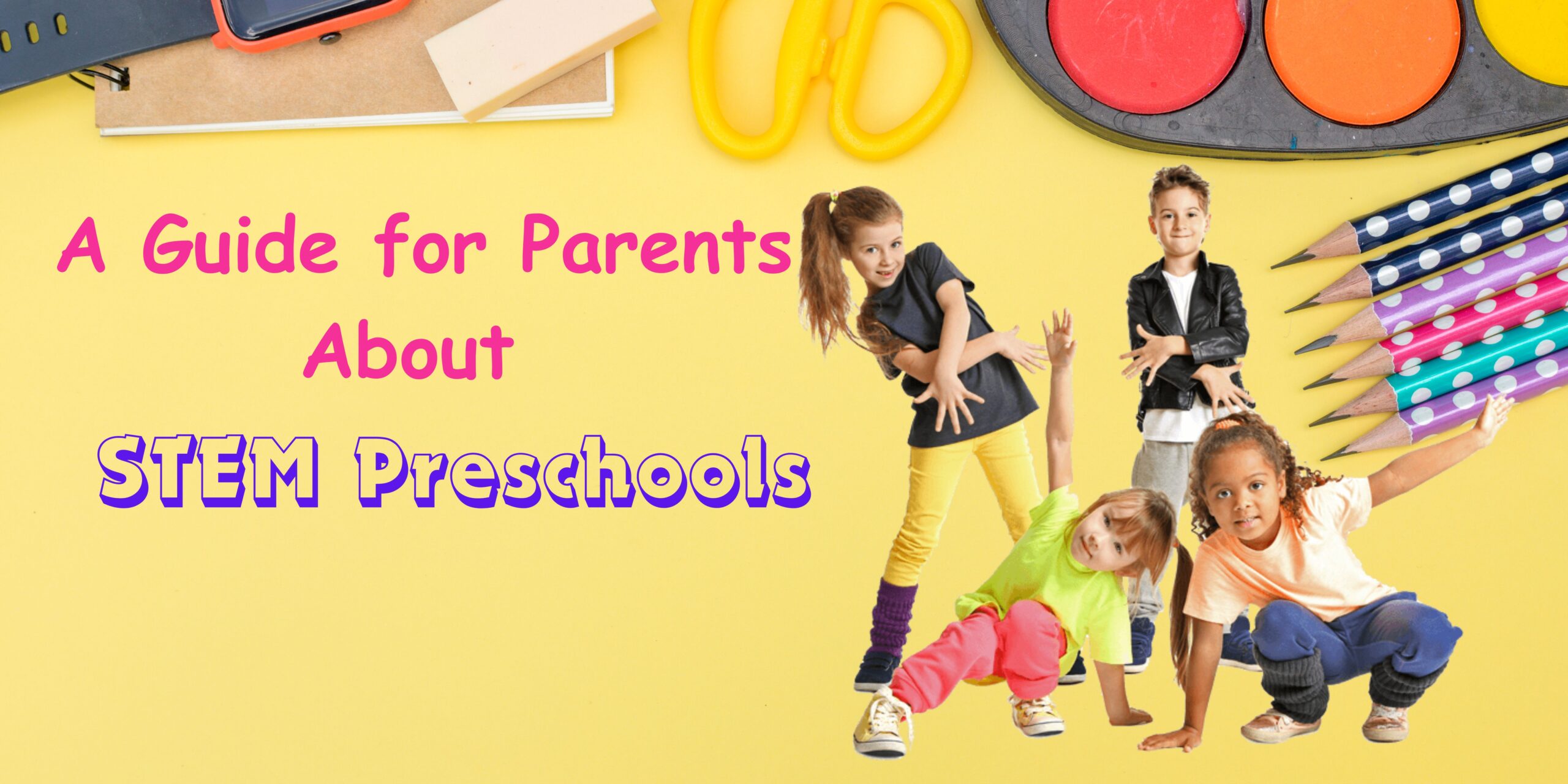STEM preschools are becoming increasingly popular as parents recognize the benefits of introducing children to science, technology, engineering, and math concepts.
This article provides an in-depth look at what exactly STEM preschools entail and what parents should look for when evaluating a quality preschool program.
What is A STEM Preschool?
STEM stands for science, technology, engineering, and math. STEM preschools teach concepts from those four subjects. They blend STEM into all activities, not just separate lessons.
STEM preschools take a hands-on approach. Kids learn by doing interactive projects and experiments. These teach how STEM connects to everyday life. The goal is to get kids interested in STEM early on.
Features of A STEM Preschool
Some key aspects of STEM preschools include:
- Hands-on learning through interactive experiments, building, and exploratory play
- Introduction to foundational STEM skills like observation, problem-solving, critical thinking
- Cross-curricular activities blending STEM with literacy, art, music and more
- Focus on brain development and 21st-century skills
- Encouraging curiosity, inquiry, trial-and-error, and collaboration
The goal is to get children excited about STEM from the start so they develop an innate interest and confidence in their STEM abilities.
Benefits of A STEM Preschool
Research shows that introducing STEM concepts early has many benefits for young children. Some of the key advantages include:
Builds Critical Thinking Skills
The inquiry-based learning model of STEM for preschoolers fosters vital critical thinking abilities from a young age. Children learn how to ask questions, make predictions, test theories, and draw conclusions.
Boosts Academic Performance
Studies found that children enrolled in STEM programs score higher in math and science. They also have better literacy skills like vocabulary acquisition.
Enhances Problem-Solving
STEM activities present challenges or problems for children to solve. This teaches them to apply logic and creativity.
Promotes Teamwork
STEM learning helps collaborate with peers on STEM experiments and constructions. It encourages cooperation, communication, and interpersonal skills.
Develops Resilience
The trial-and-error nature of STEM learning gives children opportunities to take risks and solve problems.
Sparks Passion for STEM Fields
Early positive STEM experiences nurture a lifelong interest and enthusiasm for STEM subjects. They help in preparing children for future careers.
What to Look for in a STEM Preschool
If you want your child to reap the advantages of STEM, it’s essential to choose the right preschool. Here are some things to look for:
Child-Led Exploration
The best STEM preschools allow children to explore concepts with minimal direct instruction. Activities should tap into kids’ natural curiosity.
Hands-On Learning
Look for classrooms set up with interactive learning stations. Also, look for building materials, science experiments and more for children to engage with.
STEM-Skilled Teachers
Teachers should have specific backgrounds and training in STEM education. Many schools now hire dedicated STEM teachers.
Emphasis on Problem-Solving
Evaluate how well programs encourage kids to solve problems through critical thinking.
Integration Into All Subjects
STEM concepts should be woven throughout all learning domains, including literacy, art, dramatic play and outdoors time.
Ties to Real-World STEM Careers
Strong programs expose kids to real-world applications of STEM through guests, videos, role-playing STEM careers, and field trips.
Developmentally Appropriate Practice
All STEM activities should remain play-based. They should align with the cognitive abilities of preschool-aged children.
Questions to Ask A STEM Preschool
When researching potential STEM preschools, come prepared with a list of questions like:
- How is STEM education incorporated into your curriculum?
- What STEM training do teachers receive?
- What does a typical STEM activity or experiment look like?
- How do you balance child-led exploration and teacher guidance?
- How do you incorporate STEM in preschool into different learning domains like literacy and the arts?
- Do you offer STEM-focused field trips or bring in guest speakers?
- How do you involve parents in STEM learning?
- What 21st-century skills do you prioritize?
- How do you support children who find STEM activities challenging?
Warning Signs of Low-Quality STEM
Be alert for any preschool STEM programs that demonstrate these red flags:
- Overly academic instruction with lots of worksheets
- Strict adherence to the fixed curriculum with little room for exploration
- Lack of well-trained STEM teachers
- No integration of STEM across learning areas
- Minimal hands-on learning opportunities
- Relies heavily on technology/screens rather than interactive learning
Choosing a quality STEM preschool program sets children up for a lifetime of success. Don’t hesitate to keep searching until you find a preschool where STEM concepts come to life through immersive, hands-on learning to tap into your child’s natural curiosity and problem-solving potential.
Join Launch Pad Early Education
Our daycare in Murfreesboro TN offers STEM preschool that engages children in hands-on science, technology, engineering, and math learning. Through interactive experiments, building projects, and guided exploration, we nurture your child’s problem-solving skills.
Our STEM-trained teachers incorporate STEM concepts throughout all learning areas. They help spark an early passion for STEM subjects.
If you are looking for an immersive STEM preschool, contact Launch Pad Early Education Preschool Murfreesboro today. Schedule a tour or learn more about our age-appropriate STEM curriculum. Search, “best stem preschool near me” to learn more.


